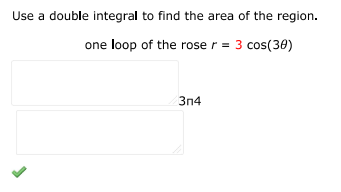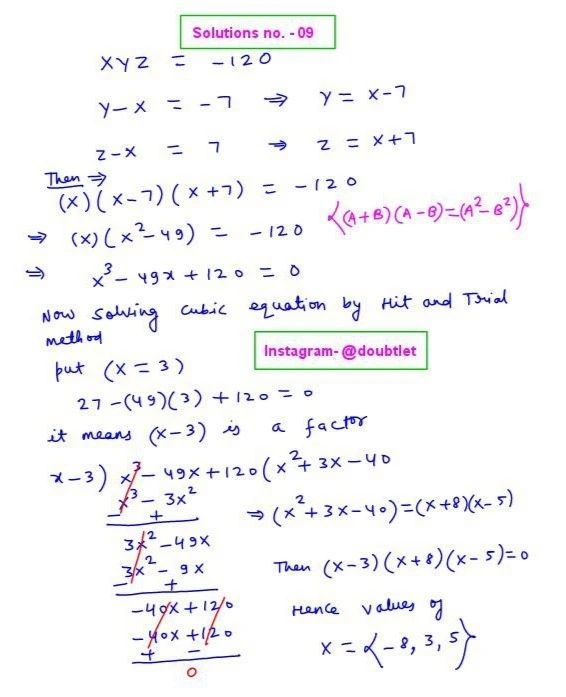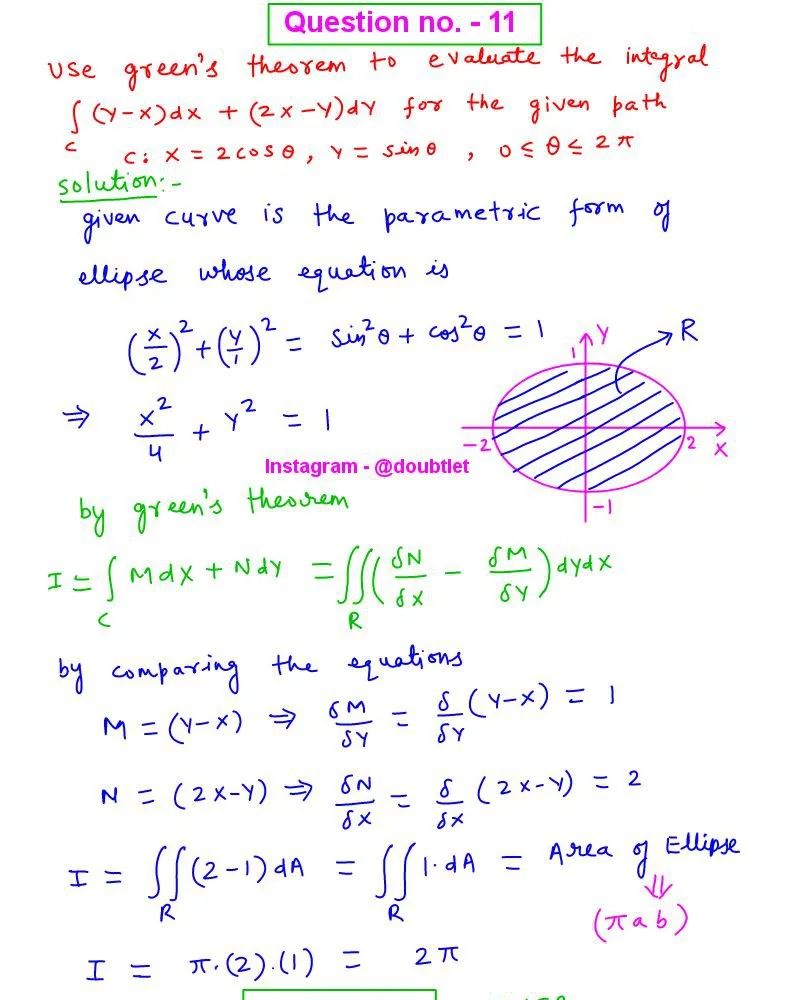









Question :
Use a double integral to find the area of the region. one loop of the rose

Solution:

Neetesh Kumar | November 28, 2024
Calculus Homework Help
This is the solution to Math 1D
Assignment: 15.3 Question Number 7
Contact me if you need help with Homework, Assignments, Tutoring Sessions, or Exams for STEM subjects.
You can see our Testimonials or Vouches from here of the previous works I have done.
Step-by-step solution:
Step 1: Understanding the Problem
The equation describes a rose curve with petals (since the number of petals is given by the absolute value of the coefficient of in the cosine function). To find the area of one loop (one petal), we need to compute the area enclosed by the curve for one full cycle of the curve, which corresponds to one petal.
The region enclosed by the curve can be computed using a double integral in polar coordinates. In polar coordinates, the area of a region is given by:
Here, defines the boundary of the region, and will range from to to cover one petal (since the rose curve has petals, and one petal corresponds to radians, but due to symmetry, we calculate one petal from to ).
Step 2: Set up the Integral
We set up the double integral for the area of one loop of the rose curve:
Step 3: Evaluate the Inner Integral
We first evaluate the inner integral with respect to :
Thus, the integral becomes:
Step 4: Use a Trigonometric Identity
To simplify the integral, we use the double angle identity for cosine:
Applying this identity to , we get:
Thus, the integral becomes:
Simplify the constants:
Step 5: Evaluate the Integral
Now, evaluate the integral term by term:
- The integral of with respect to is:
- The integral of with respect to is:
Thus, the integral simplifies to:
Final Answer:
The area enclosed by one loop of the rose curve is:
Please comment below if you find any error in this solution.
If this solution helps, then please share this with your friends.
Please subscribe to my Youtube channel for video solutions to similar questions.
Keep Smiling :-)
Comments(0)



Leave a comment